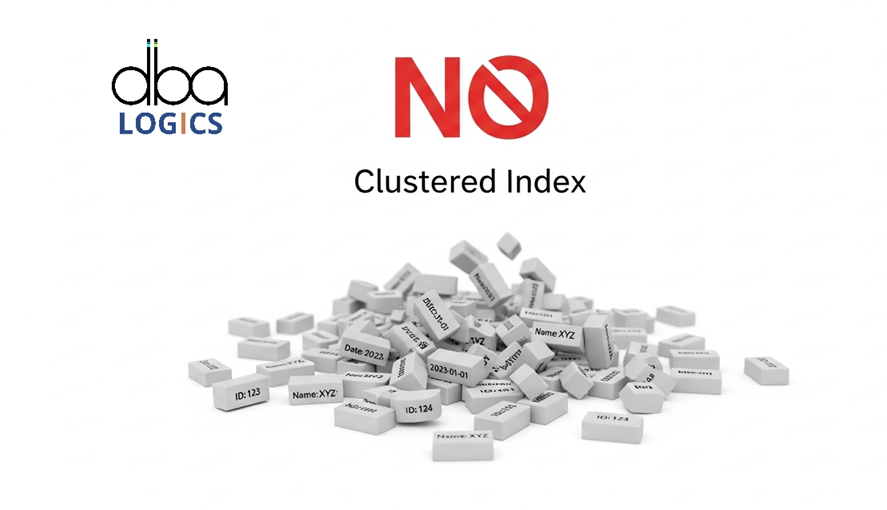
Explanation of Find Tables Without Clustered Index in SQL Server
This document offers a SQL script to find tables in a SQL Server database that do not have a clustered index. Tables without clustered index are called heaps and can experience problems in performance, particularly on large datasets. The script assists the database administrators and developers identify these tables and optimize them.
Finding Tables that Lack Clustered Indexes
A Clustered index determines the physical arrangement of data in a table. Its loss of performance may occur when queries and maintenance processes are performed. The below script determines all user tables in your database which are not clustered index.
A Clustered index determines the physical arrangement of data in a table. Its loss of performance may occur when queries and maintenance processes are performed. The below script determines all user tables in your database which are not clustered index.
Example Script:
- SELECT
- s.name AS SchemaName,
- t.name AS TableName
- FROM
- sys.tables t
- JOIN
- sys.schemas s ON t.schema_id = s.schema_id
- WHERE
- NOT EXISTS (
- SELECT 1
- FROM sys.indexes i
- WHERE i.object_id = t.object_id
- AND i.type = 1 -- Clustered Index
- )
- ORDER BY
- s.name, t.name;

- SELECT
- s.name AS SchemaName,
- t.name AS TableName
- FROM
- sys.tables t
- JOIN
- sys.schemas s ON t.schema_id = s.schema_id
- WHERE
- NOT EXISTS (
- SELECT 1
- FROM sys.indexes i
- WHERE i.object_id = t.object_id
- AND i.type = 1 -- Clustered Index
- )
- ORDER BY
- s.name, t.name;
Script Breakdown
1. SELECT s.name AS SchemaName, t.name AS TableName: This is a part of the query defines the contents to be pulled out. It chooses schema name and table name.
These columns are made to have more meaningful names in the output using the AS keyword set.
2. JOIN sys.schemas s ON t.schema_id = s.schema_id: This is used to define which tables were accessed to get the data and their interconnection.
t: This is a selection of the sys.tables system view, which is comprised of the details of all the tables in the database. The symbol t is the short-hand representation of the alias sys.tables.
JOIN sys.schemas s ON t.schema_id = s.schema_id: This is a join between sys.tables and the system view sys.schemas. The schema view sys.schemas has data regarding
The database contains schemas. The join is done on schema_id column. that exists in sys.tables and sys.schemas. This gives you access to fetch the name of the schema of every table.
3. WHERE NOT EXISTS (...): This provision narrows down the results to those tables that do not are clustered. The NOT EXISTS operator can be used to see whether rows do not exist. be compatible with some condition.
4. SELECT 1 FROM sys.indexes i WHERE i.object_id = t.object_id and i.type = 1: This is a subquery which verifies whether a table is clustered or not.
sys.indexes i: This queries the sys.indexes system view that holds data concerning all indexes in database. A short form i is the alias in the form of sys.indexes.
WHERE i.object_id = t.object_id AND i.type = 1: This refines the indexes to those which are consist of such that are in the present table (i.object_id = t.object_id) and also those that are indexes of clustering (i.type = 1). type = 1 is a clustered index in sys.indexes index. SELECT 1: This subquery returns a value in the case of a clustered index on the table being present (in this instance, 1).
5. ORDER BY s.name, t.name: the clause is used to order the results in the order of schema name and then
table name (by). This would simplify the reading and comprehension of the output.
This explains the important components of a database.
- sys.tables: It is a system catalog view, which displays the tables of the database.
- sys.schemas: a system catalog view that displays schemas in the database.
- sys.indexes: A system catalog view which displays indexes within the database.
- t.schema_id: ID of the schema which is the owner of the table.
- t.object_id The table ID.
- i.object_id: The ID of the table which the index corresponds to.
- i.type =1: Criteria to display only clustered indexes. type=1 is a clustered index in sys.indexes.
- NOTEXISTS: A logical operator, which returns true when the subquery returns 0 rows.
Interpreting the Results
The script will establish a table that has two fields namely SchemaName and TableName. Every row indicates a table in the database which lacks a clustered index.
The significance of Clustered Indexes
Cluster indexes are important in case of several reasons:
• Performance: Arranging the data physically on disk makes them faster in querying since SQL Server can easily search or locate data through the disk.
• Data Integrity: Clustered indexes are able to impose uniqueness restrictions, and this makes the data reliable.
• Maintenance: They can accelerate the maintenance procedures such as rebuilds of indexes reorganizations.The solution of the Heap Tables
After you have figured out the heap tables, think about creating a clustered index on them. The the selection of which column (or columns) to put in the clustered index is table dependent as well as its use habits. The usual decisions encompass:
• Primary Key: When the table possesses a primary key, then it usually becomes a better option clustered index.
• Frequently Queried Columns: Columns which are frequently named in WHERE clauses or JOIN conditions.
• Sequential Columns: Columns, which are often inserted in form of a sequence (e.g., identity columns).

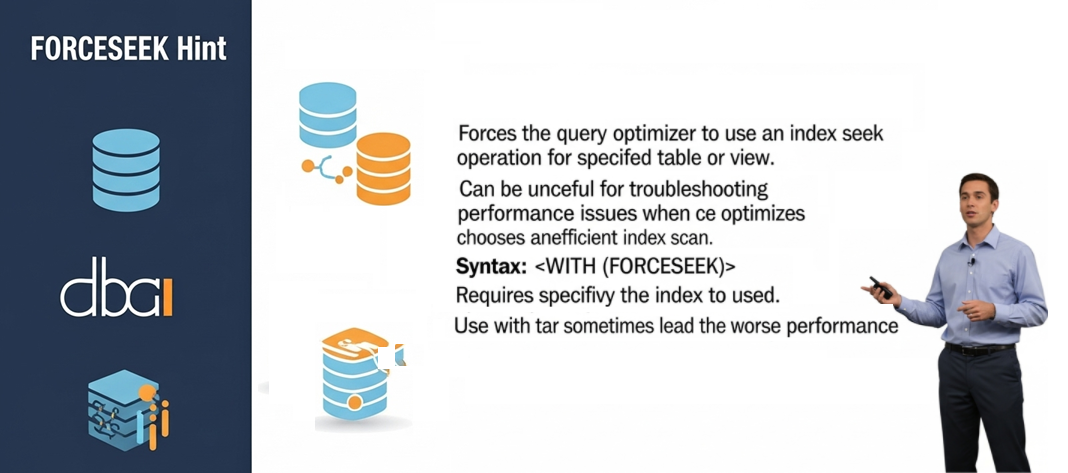
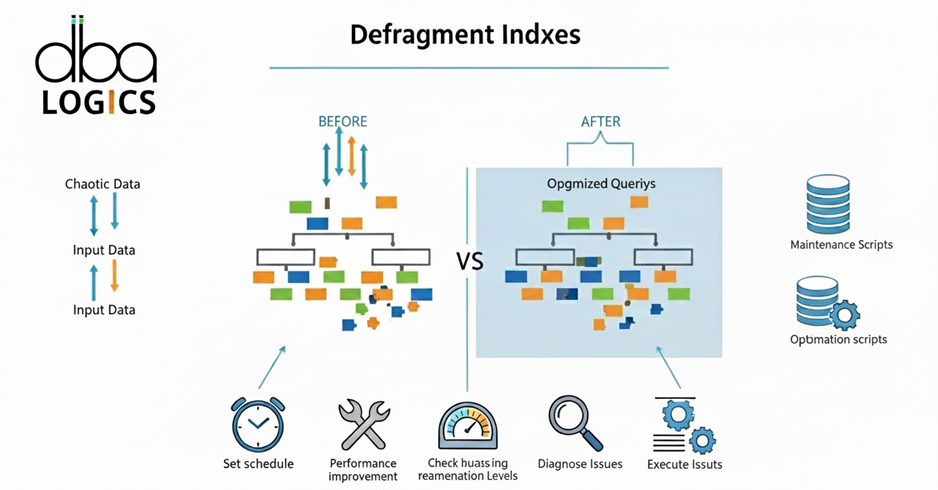
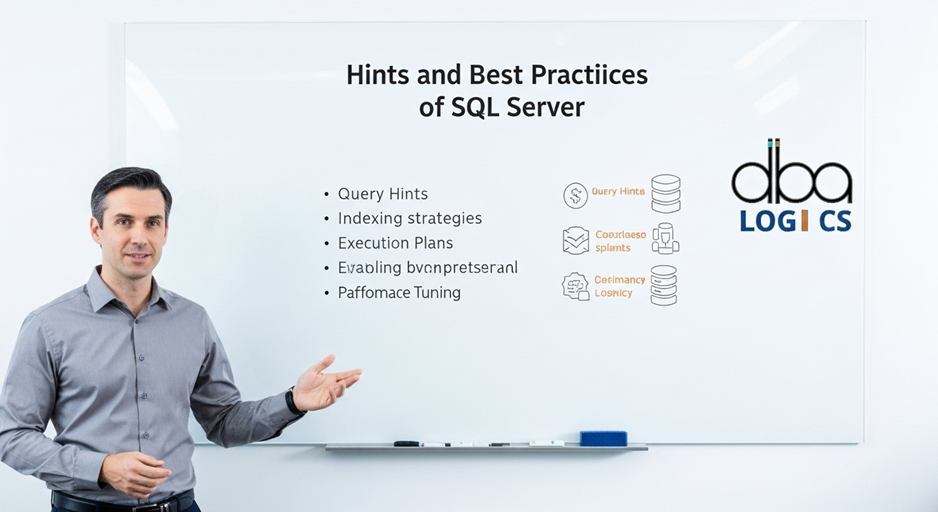
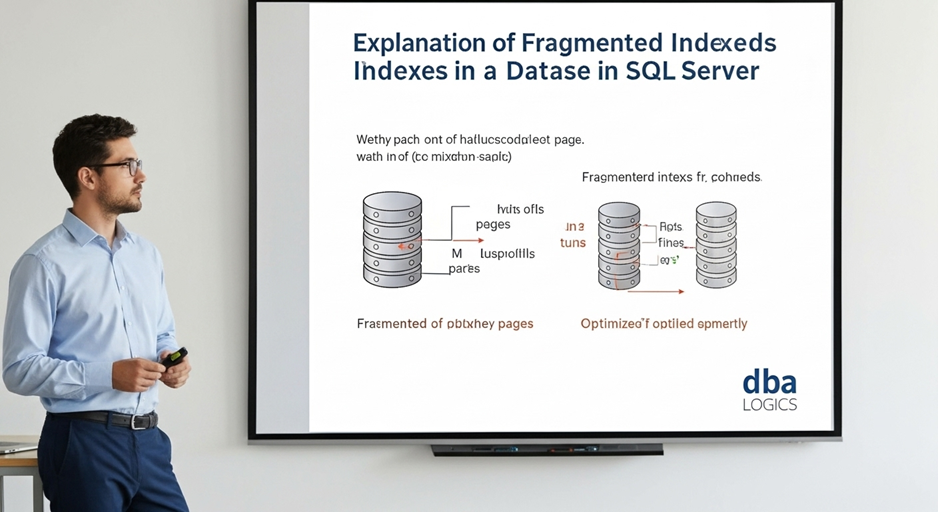
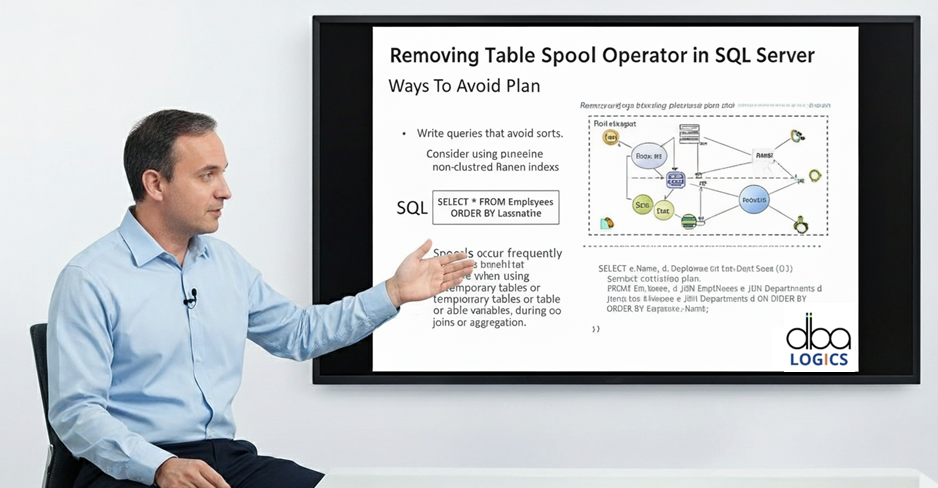
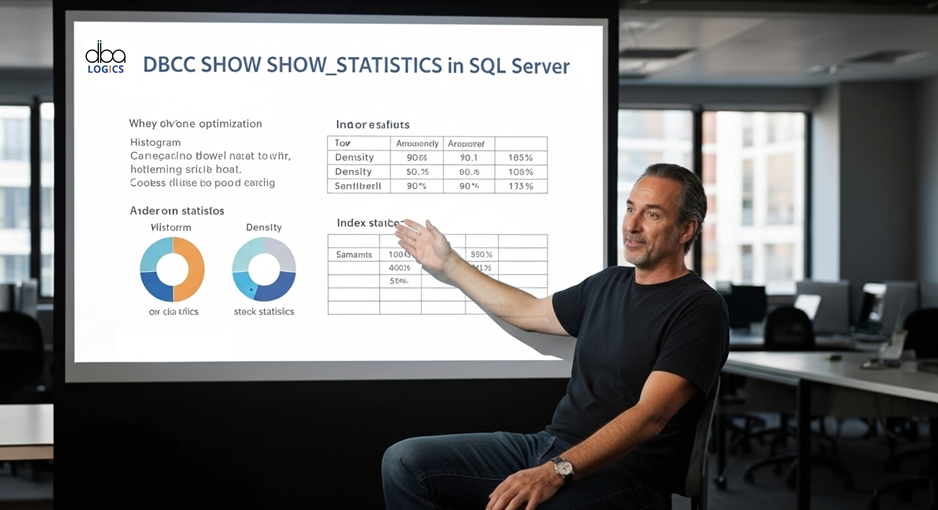

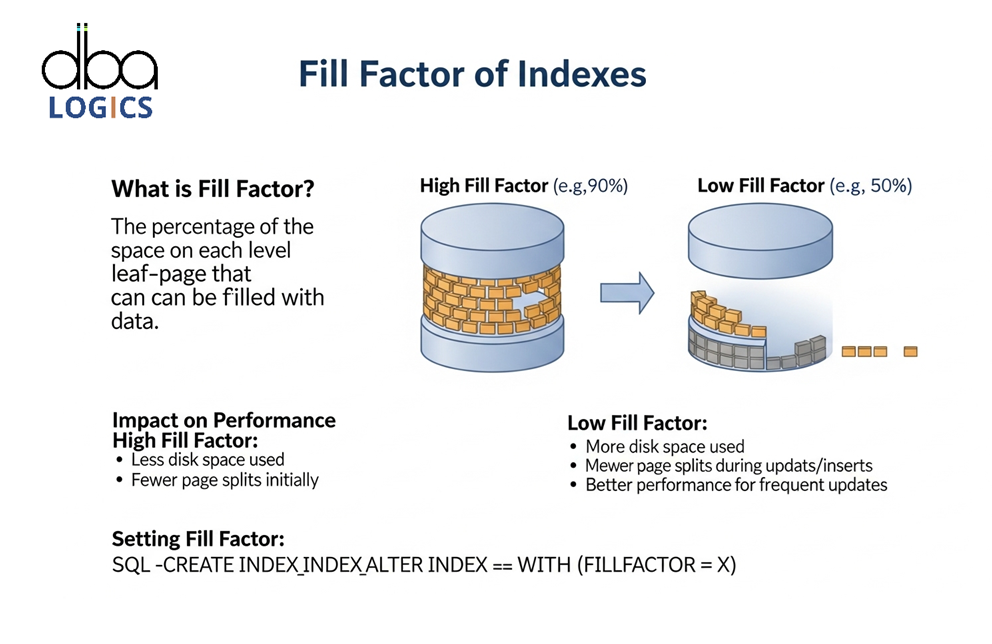
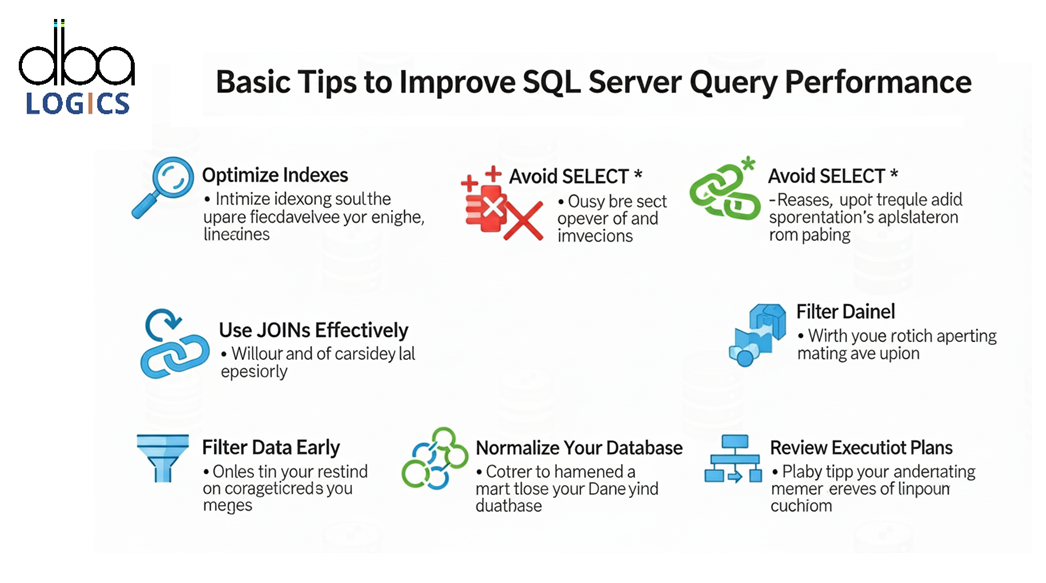

Post Comment
Your email address will not be published. Required fields are marked *